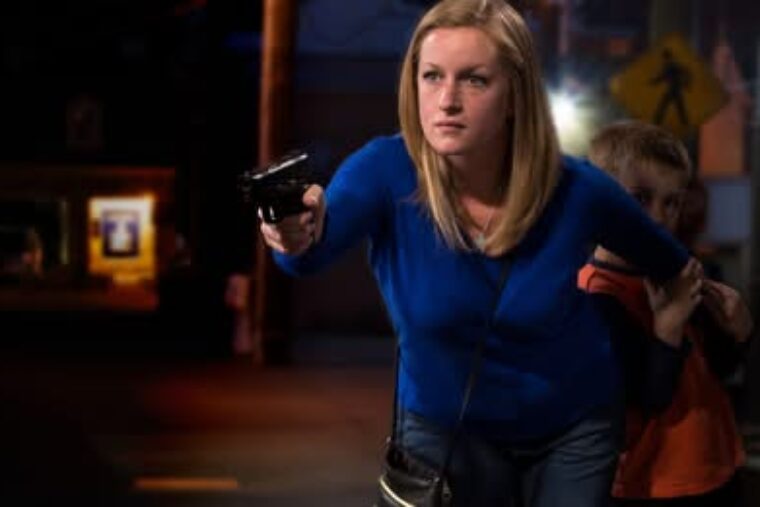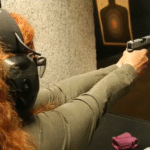I believe one-handed shooting is often overlooked in training. For me personally, I need to focus more on one-handed shooting, especially with my left hand, as it is considerably weaker than my right.
Learning the art of self-defense, one discovers there are many facets, subjects and nuances. It’s not just as simple as learning to shoot, carrying all the time or having the coolest gadgets. It’s really about preparation and planning for the worst and hoping for the best. Over the years, I’ve condensed the practice of everyday carry to corresponding essential skills to be trained. This approach allows the concealed carrier to concentrate on a range of skills most likely essential for defensive-gun use, considering the worst-case scenario an armed citizen might face. Remember, we are training for an unknown, unknowable event. One of these essential skills that is high on the list is fighting with one hand. Note that “fighting” isn’t limited to shooting.
The first thing one needs to consider is what are some conditions where fighting with one hand may be necessary? Of course, the first thought can all too often be the result of injury. I’m not disputing this rationale, but I do question the frequency with which it can happen to the armed citizen. A far more likely scenario is for one (or both) hand(s) to be occupied with another task. Some of these tasks are important, such as carrying an infant or shielding a child. Others are not so much, such as talking on the phone or drinking a cup of coffee. There is this idea that, should you have your weak hand occupied, say with a phone, you immediately drop the phone to allow for a two-handed master grip. This is not an incorrect suggestion, but I also believe it is not likely the training value will translate to the real world. Not to mention, what if it is not a phone, but something more valuable? There is little chance a parent will displace a child during an immediate defense-of-life scenario.
There has to be an acknowledgement that one hand will be occupied and therefore not available for fighting, which translates to several complications we want to discuss. The first, and probably most overlooked—but absolutely essential—is access to the concealed firearm. If carrying a child, what is the procedure for clearing the cover garment if all that has been practiced is a two-handed technique? A couple of practice repetitions using one hand is insufficient to be reliable under stress. There has to be a significant amount of practice, if not a priority, in learning to draw from concealment using only one hand. I’ve seen this firsthand, holding my son in my arms when I had to draw my carry pistol in an alley early in the morning a long time ago. That event left an indelible mark, one that I carry to this day and made a central tenet in our Defensive-Carry and Concealed-Carry programs.
by Jeff Gonzales



